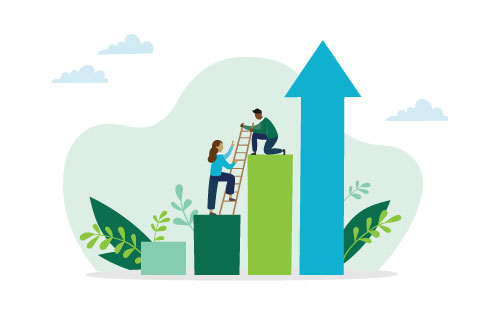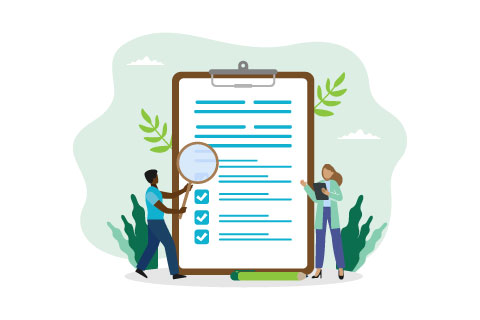By Jo Causon, CEO, The Institute of Customer Service
As customer expectations of service continue to rise, it’s no longer good enough to deliver an ‘OK’ service. Nor is it good enough to perform well relative to your sector peers: customers don’t just benchmark you against others in your industry after all, they compare the service from your organisation against that of their favourite and most trusted brands. So for example, if Amazon can deliver items the same day, the expectation rises that every organisation should be able to do so. It’s a rising bar for all.
In such an environment, it becomes more important than ever for organisations to co-create, to collaborate with third parties, partnering with others to provide solutions across the complete customer experience. The truth is that one organisation is simply not able to do everything, so the logic for co-creation is becoming increasingly compelling: focus on the parts of a service that your organisation is brilliant at, and work with others who can deliver the bits that they excel at, for you. This means thinking about the end to end customer experience and what you need to have in place to deliver it: approaching the whole process from the customer point of view.
A good example of this is London City Airport. From the moment you walk into the terminal, everything is in place. The security process works smoothly, there are myriad charging points for your phone, lots of decent coffee outlets, the right newspapers that a business audience wants to read, business news running on all the screens. In other words, they have thought about the customer experience and designed everything with that in mind, with each part of it delivered by someone else.
Granted, London City Airport probably has it easier than most as they have a clearly defined customer base with relatively predictable requirements. But the principle is clear. However, delivering the customer experience through a number of connected organisations means that the totality is not in your control. That doesn’t matter as the customer won’t care about this if something goes wrong, they will turn to the organisation they ‘contracted’ with and expect them to put things right. This means it’s absolutely critical to choose your partners carefully. Very often, partners can be chosen on the basis of economics only, seeing an opportunity to make cost savings through efficiencies.
I believe that this is misguided and a fundamental mistake. Partnering and co-creation have to be driven by the desire to improve service. If there are cost savings as well, all the better, but that can’t be the driver. So, it’s essential to find partners who share the same values and service commitment as your organisation and who are absolutely clear about the service standards you expect and require.
As much as standards of service are increasing, there remains a lot more to do. It’s a never-ending commitment that has to be continually focused on. Recent Institute research, for example, found that £28bn of productivity is lost a year as individuals take time out their days whilst at work to sort out personal service issues. Getting service wrong costs all of us, and the whole economy, in the long run.
Meanwhile, in an increasingly virtual world, connectivity and integration is going to be the next big service battleground. It begs the question: is your organisation operating without boundaries, or are you still trying to find the map?




This Post Has 0 Comments